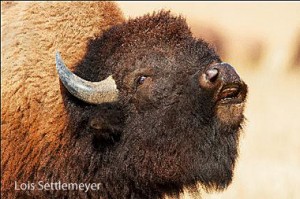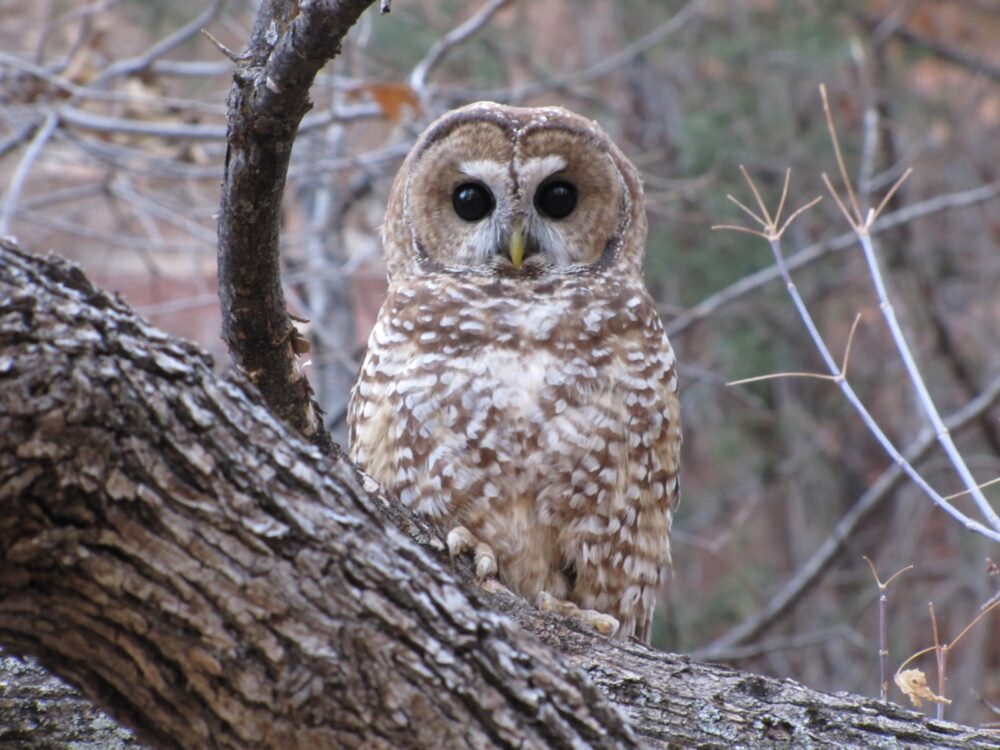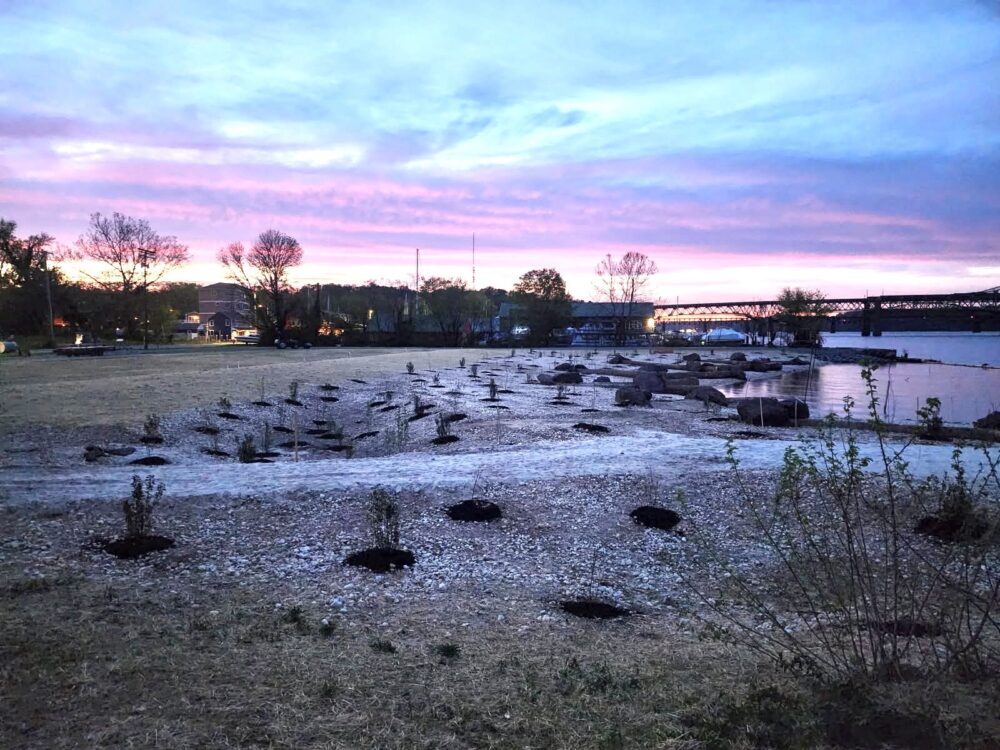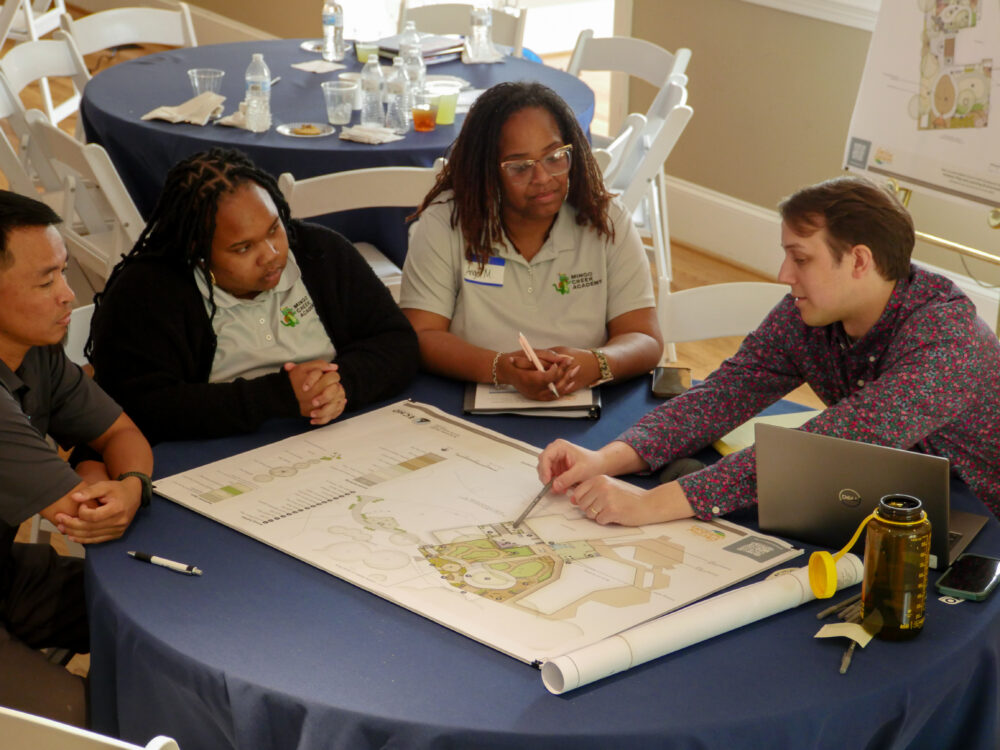We have much more to do and your continued support is needed now more than ever.
Public Responds, Bison Aren’t A “Creeping Cancer”
Just a few weeks ago, it looked like the effort to return wild bison to tribal lands would be stopped just as it was gaining ground. It looked like the dreams that culminated in the release of more than 60 bison from Yellowstone National Park last year on the Fort Peck Reservation would be killed.
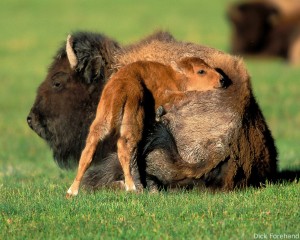
Anti-Bison Bills Halted
This spring, NWF joined tribes, other sportsmen’s and conservation groups and wildlife advocates to defeat a barrage of anti-bison bills sponsored by Montana lawmakers. The bills that didn’t die in the Legislature were vetoed by Gov. Steve Bullock. The bills could have blocked returning the bison to its home on the plains – to tribal lands and the Charles M. Russell National Wildlife Refuge. The proposals ranged from a ban on transferring wild bison anywhere in Montana except the National Bison Range to a bill that would make the state Department of Fish, Wildlife and Parks liable for any damage to private property by wild bison. Another would have allowed county commissioners to ban restoration of wild bison in their counties, even on tribal and federal lands.
Opponents rallied at the state Capitol in Helena to protest the bills. Leaders and members from five tribes participated in a peace-pipe ceremony on a bison hide in the center of the Capitol rotunda. Tribal leaders stressed that the bills reneged on commitments made in the last legislative session and, in some cases, threatened treaty rights. “They would starve our people of a vital cultural icon,’’ said Mark Azure, Fort Belknap’s director of Fish, Wildlife and Buffalo.
One of the worst of the anti-bison bills was killed after tens of thousands of you responded to appeals from NWF. The bill by State Senator John Brenden would have changed bison hunting regulations, allowed private landowners to shoot bison if they wandered onto their land, and prohibited the relocation of bison anywhere in the state, including the transfer of bison from Fort Peck to Fort Belknap as previously agreed upon by the tribes. Brenden recently remarked, “Why do you want to spread this creeping cancer, these woolly tanks, around the state of Montana?” This type of anti-wildlife rhetoric was also seen in House Bill 396, vetoed by Montana Governor Steve Bullock, that would have required county commissioner approval before any bison were relocated. Clearly, many more people see bison as an important wildlife species to be preserved and recognize their value to grassland ecosystems and other wildlife.
Governor Bullock vetoed the two remaining bison bills. Senate Bill 305 would have prohibited using bison that have ever been privately owned for restoration to other lands. Senate Bill 256 would have made Montana Fish, Wildlife, and Parks liable for any damages resulting from wild bison that had been relocated or released.
Historic Restoration of Bison to the Fort Peck Reservation
Last March marked a historic step forward in the campaign to restore wild bison when Yellowstone bison were released on the Fort Peck Reservation in eastern Montana.
Tribal members from Fort Peck and Fort Belknap, NWF staff, conservationists, and their supporters braved a cold, snowy night to watch as the animals bolted out of the trailers that had carried them 500 miles to their new home. It was a huge milestone in efforts to restore bison to the wild. The bison is the one large mammal driven to near extinction that hasn’t been re-established on the Western landscape.
Last year’s bison release on Fort Peck followed two decades of work by the tribes, conservation groups, and state and federal officials. The Yellowstone bison’s genetics date to an era when millions of bison roamed North America and were fundamental to Plains Indians’ physical, cultural and spiritual nourishment.
Yellowstone bison are special to the tribes because they are the last wild, free-ranging herd. For years, the tribes, NWF and other groups have urged that bison wandering out of Yellowstone be transferred to tribal and federal lands rather than be gunned down because of fears they’ll spread the disease brucellosis to cattle. The disease can cause pregnant animals to abort, but there have been no confirmed cases of bison transmitting brucellosis to cattle. Bison transferred from Yellowstone have been quarantined and are brucellosis-free.
You Spoke and Montana’s Leaders Listened
NWF members and activists, and our tribal and conservation partners, stood up for bison, and the Montana legislature and Governor Bullock listened. With a swipe of his pen, Bullock demonstrated that he agrees with NWF that bison belong on Montana public and tribal lands, along with all the other wildlife that are crucial elements of the ecosystem, our heritage and culture.
TOGETHER, we killed the bad bills, and now bison have a new future in Montana. Join us as we continue to work with tribes to restore bison and find new homes for the bison on public lands.
The work will continue until bison return home – to tribal and public lands.

